
8 Types of Mimosa Trees ProGardenTips
Mimosa Pudica Plant: The most well-known variety, recognized for its touch sensitivity. Mimosa Pigra Plant: Also known as the Giant Sensitive Plant, it's a larger species native to Central and South America. Mimosa Plant Characteristics: Touch Sensitivity of the Dormidera Plant: Mimosa pudica's most distinctive feature is its rapid response to.

Mimosa Tree Organic Medicinal Live Plants for Sale Crimson Sage Nursery
Give this plant plenty of bright sunshine indoors or outdoors. Plant in well-draining, loamy soil for proper root growth. Water to keep soil moist, but never soggy. Reduce watering in the winter for indoor sensitive plants. Keep temperatures indoors or outdoors between 65 and 75 degrees Fahrenheit for best results.
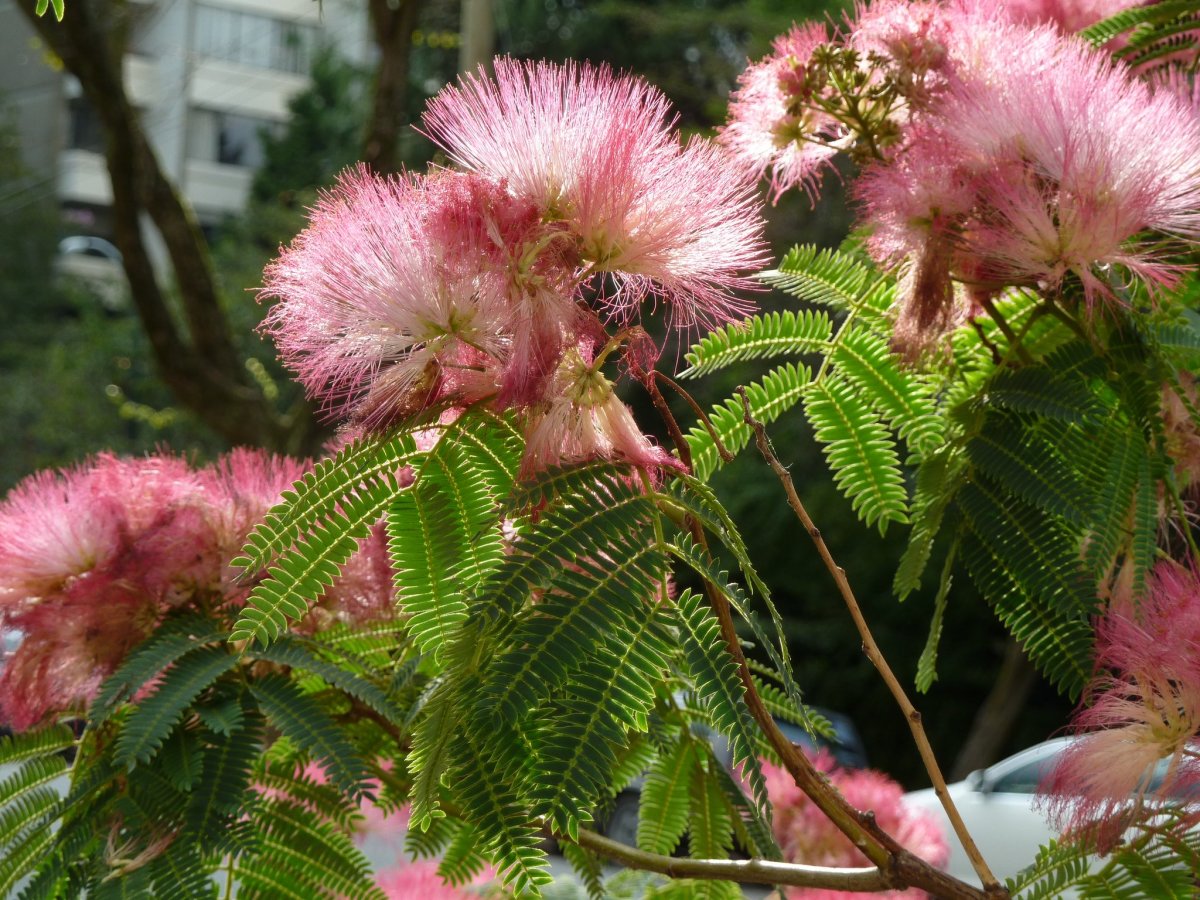
How to Grow Mimosa Trees From Seeds Dengarden
Mimosa is recommended for the following landscape applications; Accent; Shade; Planting & Growing. Mimosa will grow to be about 35 feet tall at maturity, with a spread of 30 feet. It has a low canopy with a typical clearance of 3 feet from the ground, and should not be planted underneath power lines.
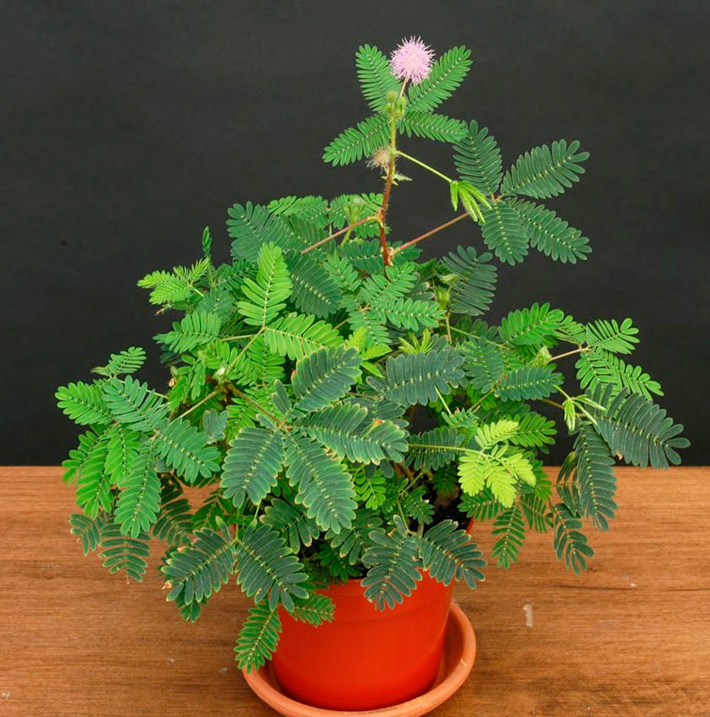
How to grow Mimosa Pudica
Water - The drought-tolerant Mimosa Tree prefers at least an inch of water a week; however, it is able to withstand mild to moderate droughts with relative ease. Pruning - Pruning should occur in winter, while the tree is dormant only after it is established (3 years). Remove dead or diseased wood.

Mimosa tree planting, pruning, and advice on caring for winter mimosa Mimosa Plant, Mimosa
The name 'Mimosa Tree' is the common name for two non-native tree species - Albizia julibrissin and Acacia dealbata, even though neither belong to the Mimosiae genus. Online and in books, you will frequently hear horror stories about these plants, which can be hugely invasive in some areas.

Mimosa Pudica Tree Mimosa tree, Flowering trees, Silk tree
Mimosa plants can vary in size, depending on the species. Some species are small and shrubby, while others can grow to be large trees. The flowers themselves are relatively small, usually measuring around 2-3 inches in diameter. Despite their small size, the Mimosa flowers are quite striking, with their unique shape and bright color..

Growing a Mimosa Tree the Fuzzy Pink Flower Tree Gardening Channel
The sensitive plant, Mimosa pudica, is so-called because of its unique feature - when the plant is touched, the feathery leaves fold up and the stems droop.Also known as the mimosa plant, it's thought that in the wild, this is a defence against being eaten by herbivores. The effect is due to the quick release of water from special cells at the bases of the individual leaflets and leaf stalks.
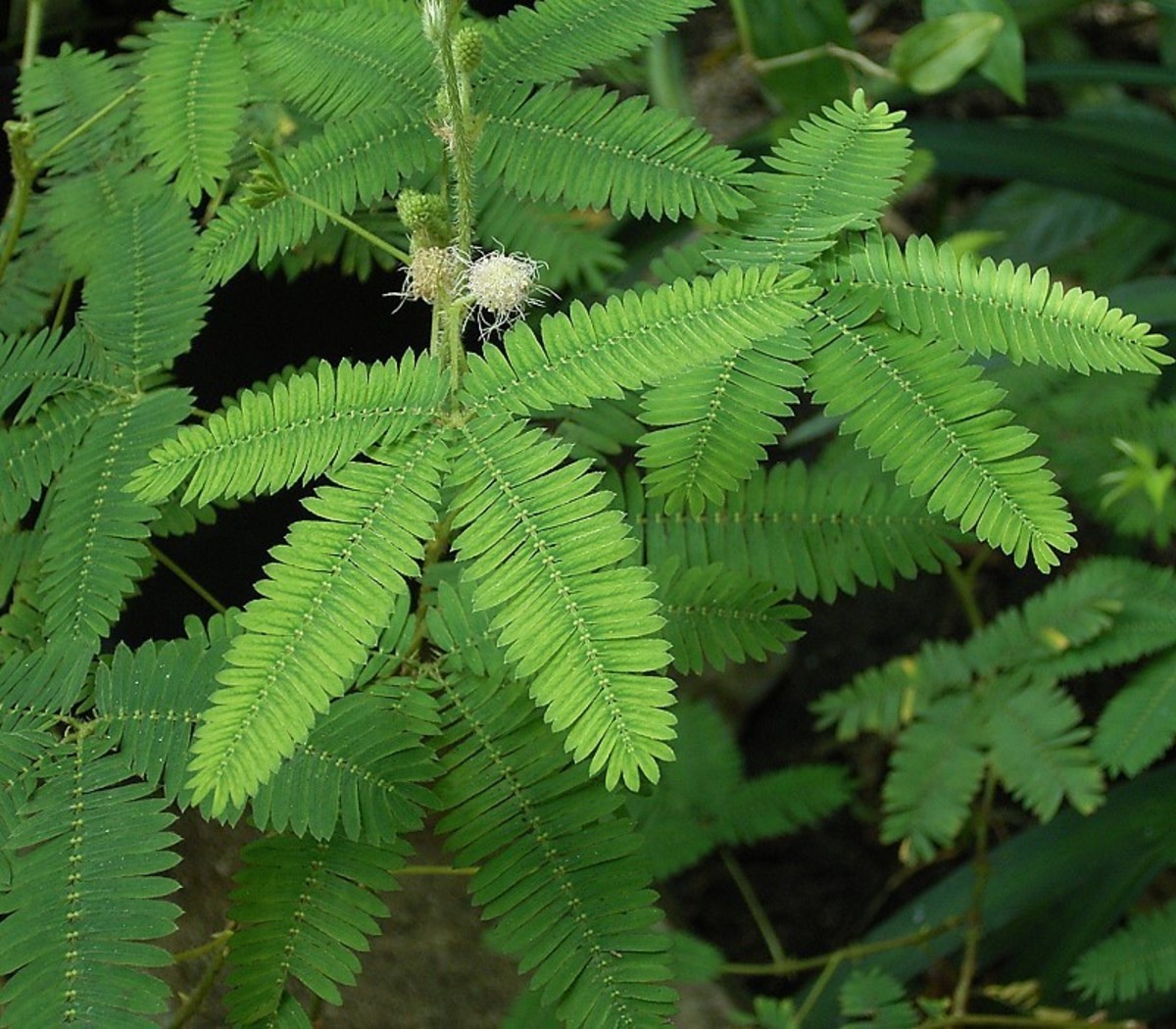
The Sensitive Plant Mimosa Pudica Dengarden
Mimosa is an extremely fast-growing deciduous tree. On average, it grows to 20 to 40 feet (6 to 12 m) in height. Its bark is dark brown and has a smooth texture. The soft, green leaves of Mimosa look very similar to that of the fern plant. They are 5 - 8 inches (12.5 to 20 cm) in length and 3 - 4 inches (7.5 to 10 cm) in width.

Mimosa Tree I have 3 in my yard I love them Mimosa tree, Nature photography, Tree
Carefully remove the Mimosa plant from its nursery container and gently loosen the roots. Place the plant in the prepared pot, ensuring it sits at the same depth as it was in the original container. Fill the remaining space with the potting mix, gently pressing it around the plant to secure it in place. Avoid compacting the soil too much, as.
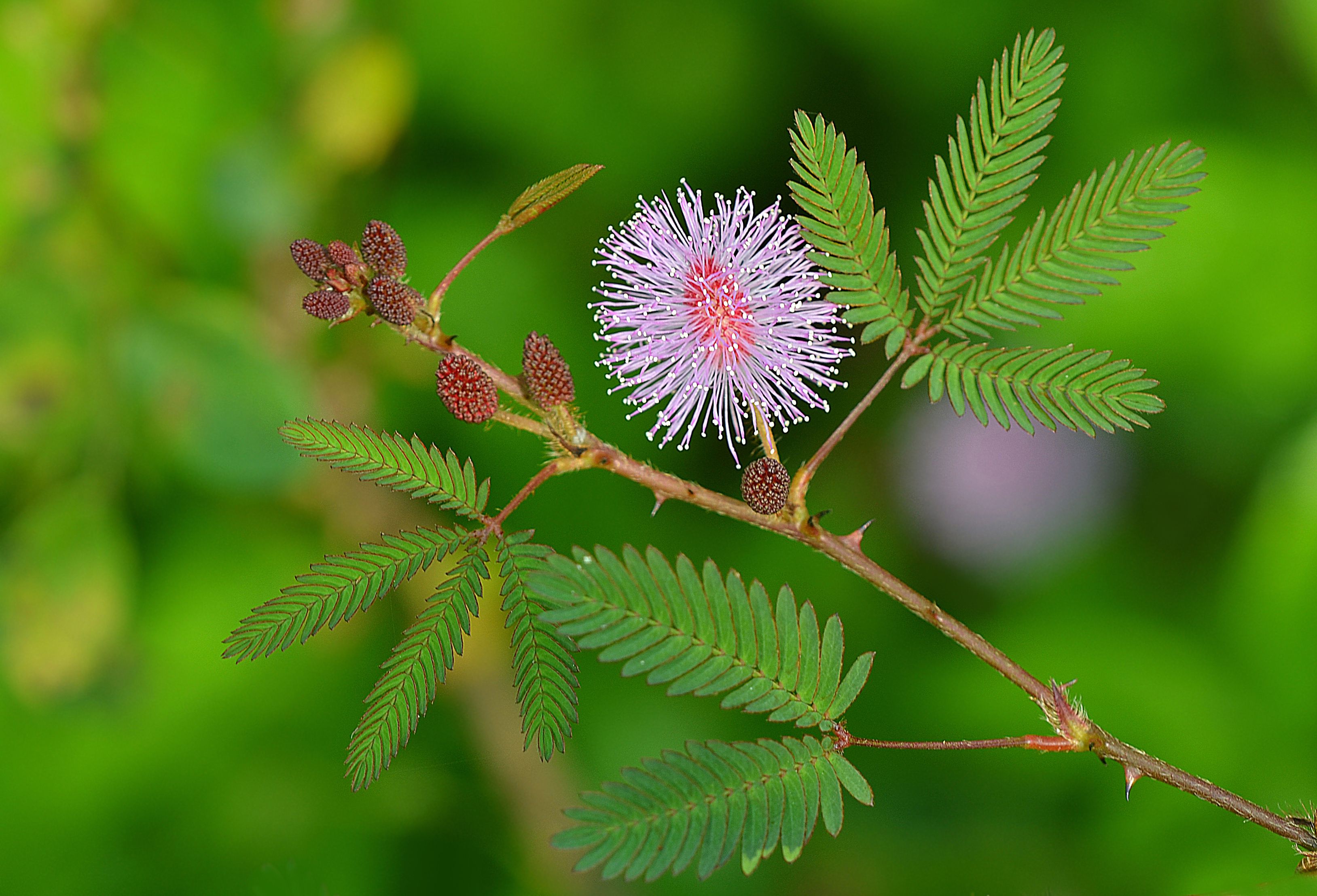
Mimosa Pudica Flowering Season Best Flower Site
Indoor mimosa pruning. After flowering, slightly shorten the flowering branches by about half their length to keep a denser habit and flowering branches. Repotting a mimosa. It is advisable to repot a mimosa every 2 years in the spring after flowering in a slightly larger container but proportionate to the size of the tree.

Free stock photo of Blooming mimosa julibrissin
How to grow mimosa tree. Grow mimosa tree in a sheltered, sunny spot in well drained, neutral to acidic soil. There's usually no need to prune although it does respond well to pruning: cut back after flowering only, the following year's flowers are formed in autumn, so it's important not to prune after late summer.

Jardinage Jardin INKEME Graine Coloré Bashful Herbe Graines Mimosa Pudica Linn Feuillage Mimosa
Sow by seed. The first is with the seeds , which will have to undergo an adaptation process so that roots sprout. This will be done in a location that has a good humidity level and is shady at all times. This process will last 1 year, after which the mimosa can be sown wherever desired.
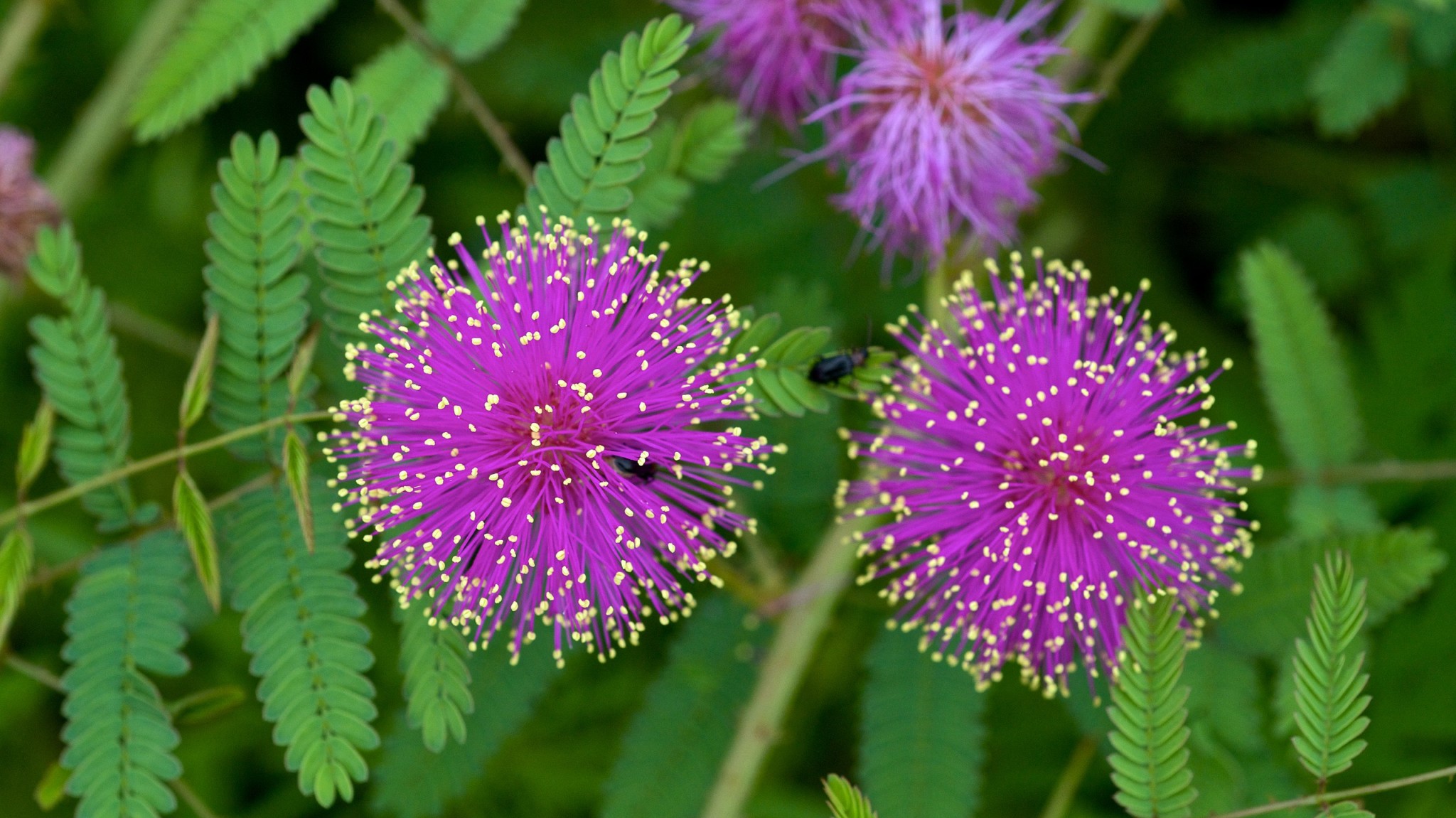
8 Types of Mimosa Trees ProGardenTips
Cut off the deflowered branches by half or two thirds of their length to keep the shrub compact. If necessary, the winter mimosa can be pruned very severely, for example if its branches have suffered from a hard frost. The 4 seasons mimosa can also be pruned in spring: shorten its branches by a third to half their length.

Patio Mimosa Plant Acacia armata Garden Plants
The plant soon grew into a flat-topped and vase-shaped tree, reaching a height of 40 feet with colorful flowers. It grows fast and can get up to five feet tall in one growing season. The mimosa tree leaves are particularly separated, wth each being over 5 to 8 inches in length and 3 to 4 inches in width, alternating along the tree's stems.
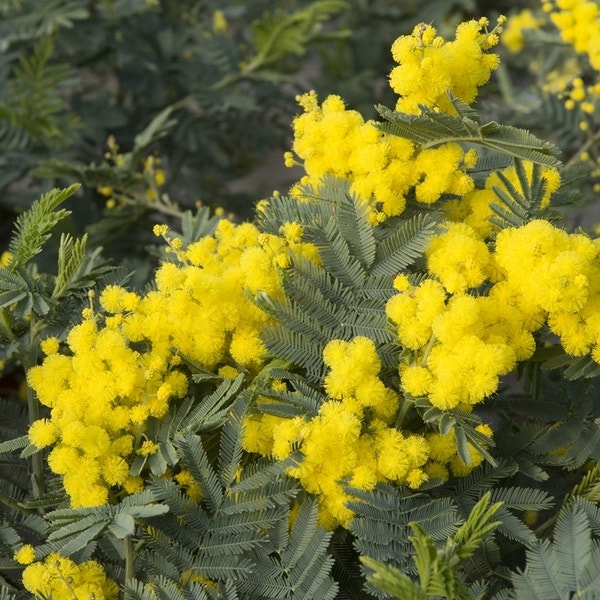
Mimosa (Acacia dealbata) Directplant
To make a tea of Mimosa bark, add 2 tablespoons to 16 oz of water, bring to a boil, then simmer for 20 minutes. Strain, and enjoy. Add a little raw honey for some extra sweetness in your cup. Making mimosa tea is a great way to enjoy its mood elevating benefits while carving out a little quiet time for yourself.

Acacia dealbata mimosa Australian plants, Mimosa tree, Flowering trees
sensitive plant, ( Mimosa pudica ), plant in the pea family ( Fabaceae) that responds to touch and other stimulation by rapidly closing its leaves and drooping. Native to South and Central America, the plant is a widespread weed in tropical regions and has naturalized elsewhere in warm areas. It is commonly grown as a curiosity in greenhouses.